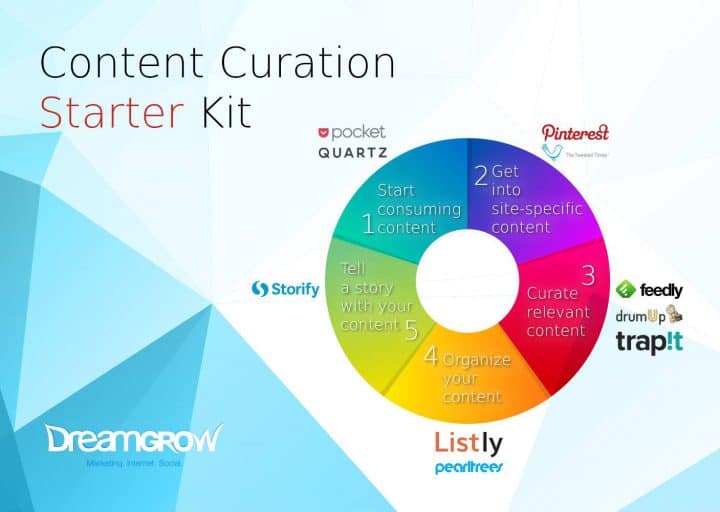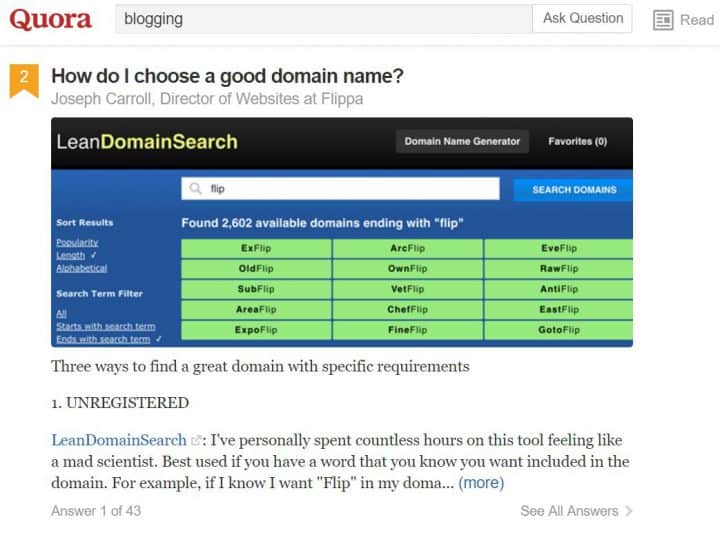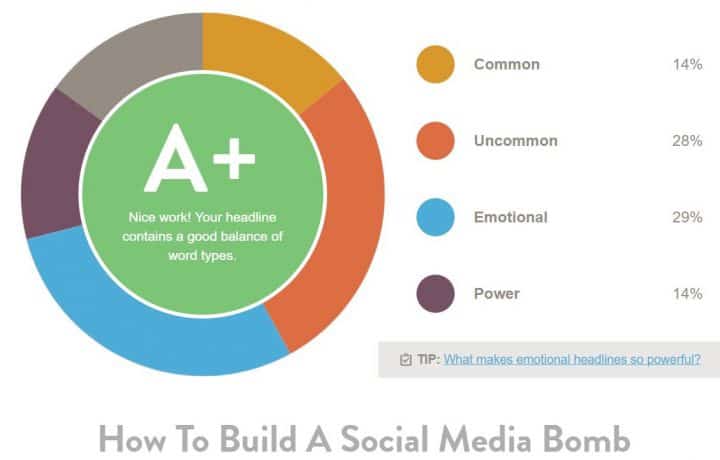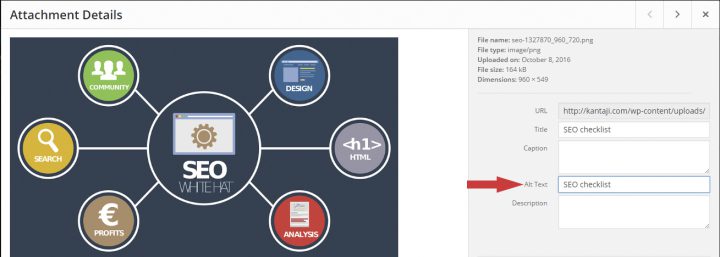Blogging can be massively time-consuming. So it’s important to get maximum return for every post and piece of content you publish.
SEO friendly blog posts are a great way to increase your Google ranking potential and increase the chances of getting your content found. The ideal blogging scenario is that your posts amass their own traffic and links. Find out how to quickly optimize your posts for traffic and conversions with this practical guide.
If only there were an infinite amount of time and an infinite amount of blog post ideas in the world…
The truth is, you are probably already pushed for time. Churning out blog posts, even in a niche you love, is no mean feat.
By properly optimizing your content you up your chances of getting your content in front of the right audience.
Once you have found a receptive audience, traffic and links should come of their own accord – just sit back and let your content do the talking…
Keyword Themes & Relevancy
Start with keyword research: it’s time well spent. Begin with Google’s keyword suggestions in Adwords, but use tools like Ubersuggest and Keyword Tool as well.
The key here (excuse the pun) is to find the main keywords that people search for, and then build a list of supplementary keywords and long tail phrases to add relevance.
You want natural variants and synonyms as well, so think along the line of keyword themes- building up relevant lists as you go along.
Once you have your list of keywords (and not before), you are ready to start writing.
Keyword research is an integral part of the creative process, and never throw any of it away- you never know when it might be useful again. This great blog post generator from will even give you a handful of post title ideas from a seed keyword. Handy.
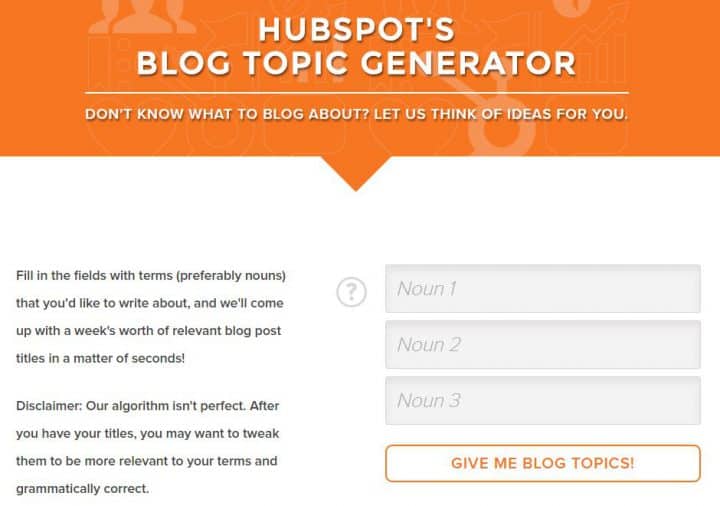
Top tip: To save even more time, return to old blog posts armed with a fresh list of keywords and optimize the content by adding them to your page title, headings and copy. This way, your already published content can pick up new traffic.
Genius.
SEO Friendly Content
So you have your list of keywords in the niche you’d like to write about.
Before you start brainstorming, put yourself in your audience’s shoes. What are they likely to want to read about? What makes them tick?
The more audience value you can provide, the more likely your content will pick up links through shares. Here are some tried and tested blogging techniques that work:
Zeitgeist
Market research into what other posts in your niche have been popular recently is essential. Use a tool like Buzzsumo, which allows you to explore the most shared and linked-to content in your keyword area.
Want to know what’s viral in the world of carp fishing? Now you can.
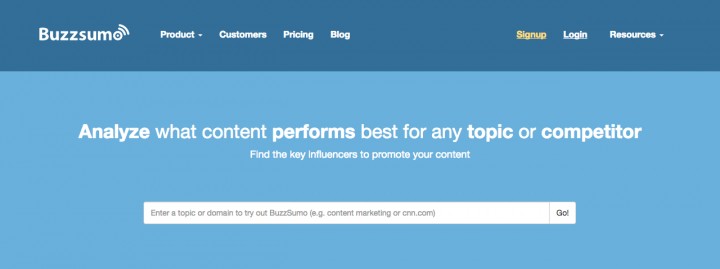
News jacking
Anything newsworthy (or even just timely) is more likely to get shares. Whether it’s an awards ceremony, another tweet from Kanye West (sigh) or an industry relevant conference – jumping on a bandwagon with your content is always a good idea.
To help you source, save and share all the relevant news to your industry, we have put together this extensive content curation kit:
Humor
This can be a hard one to pull off. But if you are funny (or someone thinks you are), then humor is a great vehicle for your content to engage with your audience.
Studies show humour builds a sense of community by lowering defenses and bringing individuals together. If you are not feeling so confident with pulling humour appeal off, spend time on sites like Buzzfeed, 9gag or watch The Daily Show.
See what the funny threshold is these days. All you might need to do is to relax a bit and add some GIFs…

Roundups and Ego Bait
A roundup post is a great way to naturally invite inbound links.
Collate a list of your favorite blogs, services or insights from key thinkers and influencers, and then ask them to share the published post.
Writing ego bait posts is a great way to get links in a natural way – people love to share something they have been featured in.
Controversy & Ranting
Sometimes writing about a controversial topic and letting off some steam in a rant can be a great way to create a buzz. Many people have thrived off this blogging strategy.
Ruffling a few feathers is great for SEO. Just make sure your brand can handle it.
How to, Top 10 Lists
Tried and tested formulas like how to manuals and Top 10 lists can seem a bit predictable, but they work!
User Value & FAQs
Simply answering people’s questions is one of the easiest ways to amass links. It’s all about adding user value and providing unique answers to common problems.
Collate a list of FAQs in your niche and answer them yourself – a great piece of content that people will actually want to link to.
And make sure you demonstrate your area of expertise in Quora. It ranks amongst 150 top sites in the world and its popularity is in constant rise.
SEO Content Structure
SEO success is about using tried and tested digital marketing methods and following certain guidelines. Here is the best practice structure for a search engine friendly blog post that you will be able to replicate across all your posts:
Title, URL & Meta description
Make sure you have an attractive title that included your keywords, a URL that Google can easily crawl (again, think of your keywords) and a Meta description that will encourage click-through rate.
It comes up in search results for your site and can be a helpful tool. Though not directly rankable elements, a strong 160 character descriptions displayed in SERPs lead to more conversions and clicks, so it’s worth spending time writing unique and optimized descriptions. See here what Moz has to say on Meta descriptions.
Your post title should appeal to both people (conversion rate) and search engines (SEO). Use a free tool like this Headline Analyzer from CoSchedule to make sure your title is catchy and shareable.
Make sure your keyword is near the start of your title, where it will have the most impact. In addition, check out these 7 easy tricks to write catchy headlines!
Introduction
A strong introduction invites people to read on. Strike a balance between previews of your content, but don’t give it all away at once.
Frontloading & Linking
Your good content should take center stage as this is where people (and search engines) will be looking. Make sure it is center-page and presentable, not shrouded by ads or an awkward theme. You should also include relevant in-content links to external and internal resources. Choose high authority, relevant sites.
Headings
Use a logical heading structure where your keywords cascade from the most important H1, down to the H6 (if needed). A good headings structure will help search engines and your readers.
How to Write Catchy Titles and Headlines?
Combine the principles of great headlines in different ways and find out how to make your headlines better!
Great headlines give you an edge and convince your audience to read and respond more. Use these examples to get creative and write headlines that work for you.
Image alt texts
Add meaningful image alt texts, using relevant keywords. This shouldn’t take long but can have a great SEO impact.
CTA & Social signals
Always end your post on a high- use a strong CTA to encourage post engagement.
Make the post easy to share with social signals and embedded share buttons. For inspiration, check out the top CTA list of famous brands.
A call to action (CTA) is not just limited to lead generation and e-commerce sites.
Having an effective call to action is an essential part of your content. Find out how to convert more visitors to take the action and how to improve your results!
Optimizing Your Posts – Quick Recap
- Dedicated, serious keyword research is absolutely essential. Use a variety of online tools to determine your seed, primary and secondary keywords. Use long tail keywords and keyword phrases to maximize your ranking potential.
- Make sure your primary keywords are in the page title, heading and copy (and URL if possible).
- Add social share buttons to encourage backlinks to your content.
- Linking to outside resources is good for SEO, as is linking to internal content so include links to other blog posts you have published.
SEO Housekeeping on Your Blog
All this hard work on the content side won’t pay off unless you also take care of some basic housekeeping on your blog.
Make sure that the page code is all in order (ask someone else to check if you are not sure) and submit a sitemap to Google. Make sure your page code is well organized, minimal, and W3C compliant.
Though while in the start the code might be looking clean but over time, it's usual to see different errors that slow down the page while updating anything.
So better to have a regular checkup to remove extra whitespaces while coding, no broken and unpaired tags or broken links found in the code. Your Developer should make sure all are ok on these.
Healthy code is easier for Google bots to crawl and a sitemap means Google can crawl all your content easily.
- Obviously for SEO, an original domain name is better than a hosted platform- here’s a guide on how to switch from a platform to a unique domain.
- Make sure you are using an SEO-friendly theme and install an SEO plugin (like Yoast for WordPress).
- Check that all your links work and fix any 404s.
Post Publication SEO
After you have published a blog post, always share it on your social media channels and send it to your email list. Always add images to increase engagement rates and share it directly with people who you think would be interested in the content.
Mondays are the best days for social media engagement levels.
Top tip: Reach out to industry influencers with a juicy soundbite (especially if you have featured them in your post). Giving people a shareable snippet may sway an influencer into sharing your content.
So, what are your blogging resolutions for this year? Experts are talking about Google’s AMP (Accelerated Mobile Pages project), optimizing voice search. Any thoughts on those?
_______________________________
Photo Credit: Pixabay, Visual Hunt


